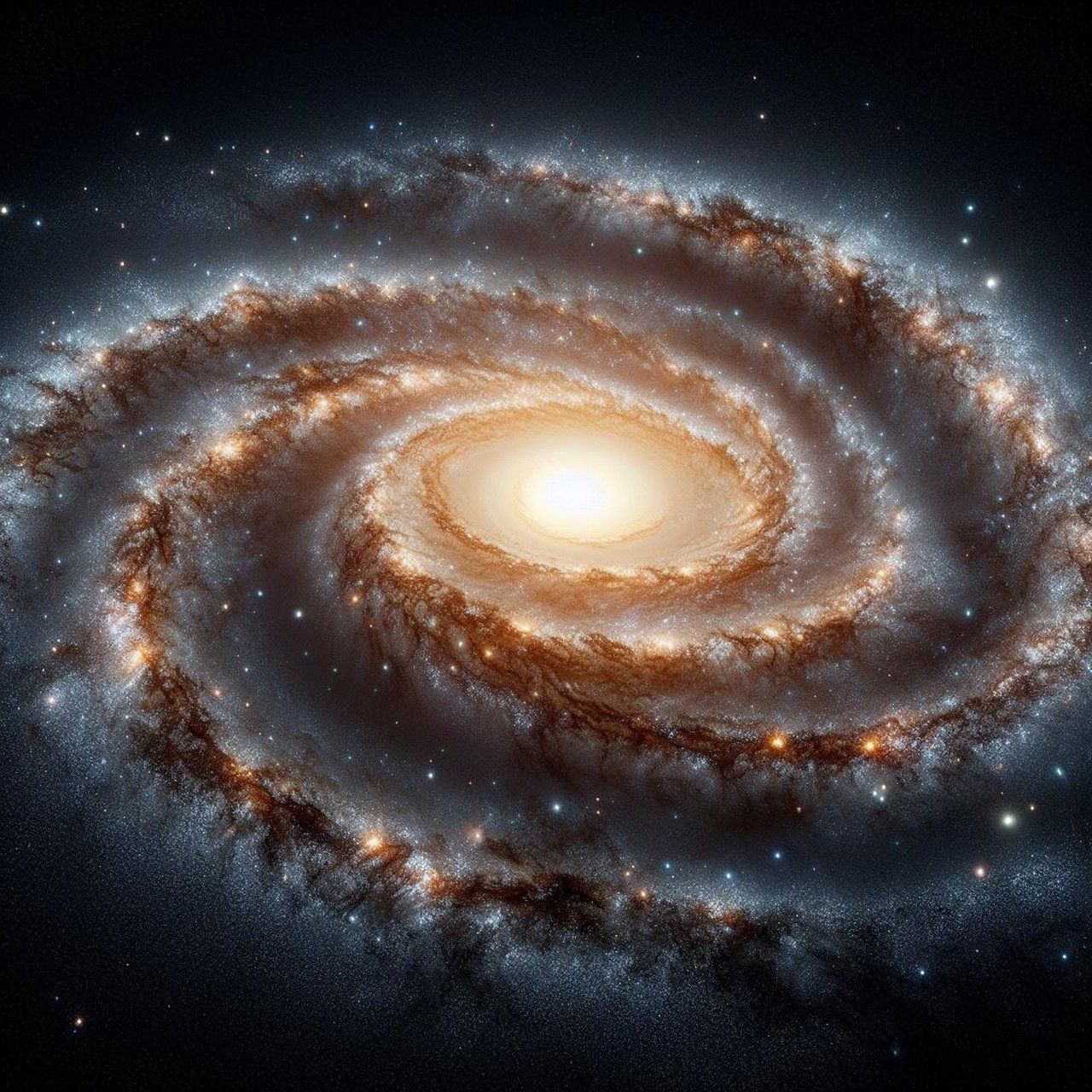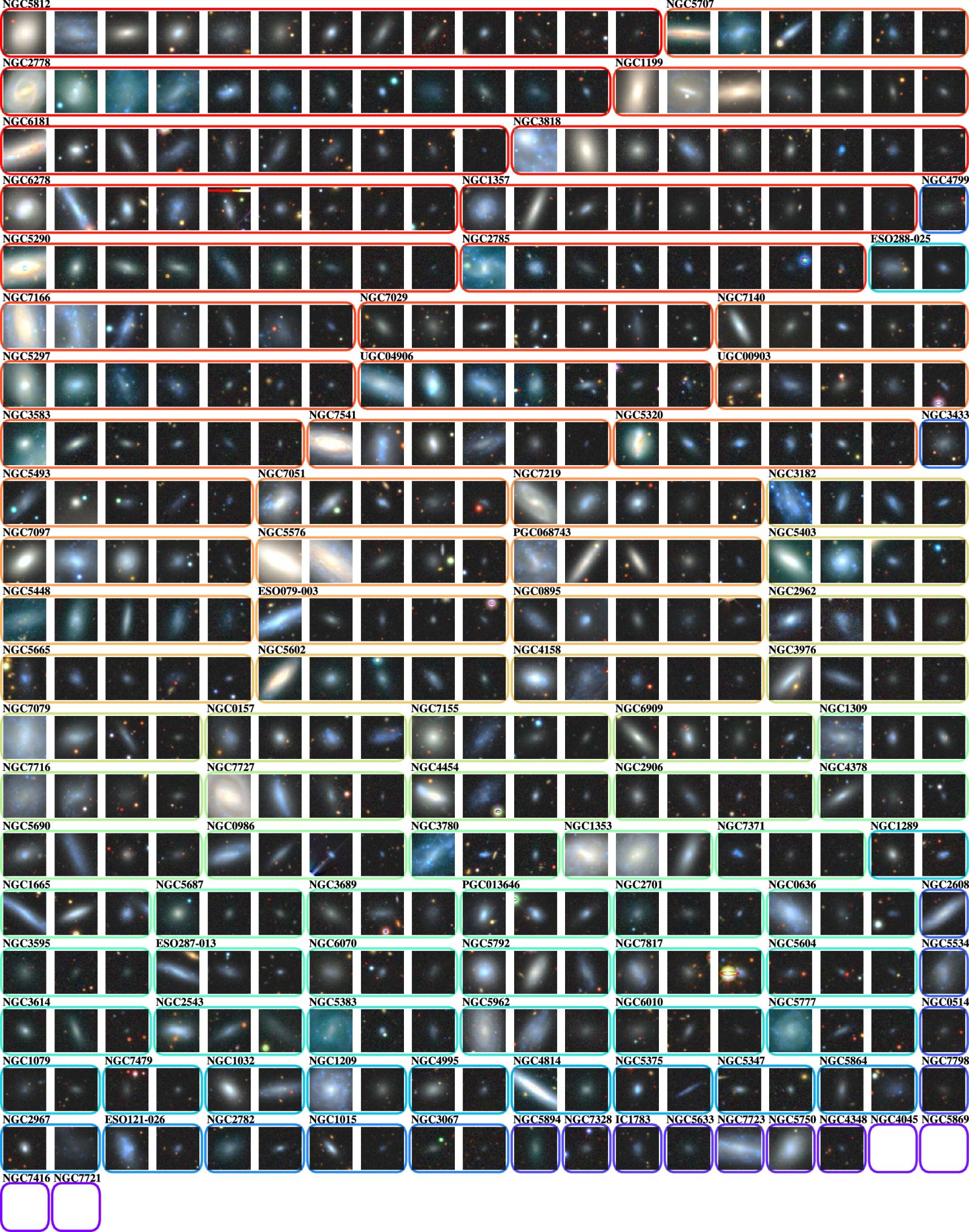Scientists deceived? The Milky Way is NOT like other galaxies 🔭
Follow us on Google News (click on ☆)

Illustrative image Pixabay
This work, published in The Astrophysical Journal, is the result of the SAGA Survey, an international initiative aimed at comparing galaxies similar in size to the Milky Way. Launched by Risa Wechsler and her colleagues, this cosmic survey examined 101 analogous galaxies to better understand their evolution.
The study reveals that the Milky Way's history differs from that of many comparable galaxies. While some have up to 13 satellite galaxies, ours hosts only four main ones. Among them are the Magellanic Clouds, two particularly massive objects.
These satellite galaxies play a key role in the understanding of dark matter halos, those gigantic invisible structures surrounding galaxies. Researchers identified 378 satellite galaxies around their host systems, an accomplishment requiring meticulous analytical techniques to differentiate these objects from a dense background noise.
The Magellanic Clouds are not only remarkable for their size. They are still forming stars, unlike the Milky Way's other satellites, which have ceased all such activity. This peculiarity intrigues scientists. Why does the Milky Way seem to inhibit star formation in its smaller satellite galaxies?

Images of 378 satellites distributed across 101 systems with confirmed satellites. Frames are colored based on their number. Dimensions: 40" per image, from DESI Imaging DR9.
One of the hypotheses put forward is related to the gravitational influence of dark matter halos. These structures might suppress star formation by absorbing the gas necessary for the process. However, other factors specific to our galaxy could also play a role.
Another major discovery of the SAGA Survey is that analogous galaxies with massive satellites tend to have more of them. The Milky Way stands out as an exception, with a reduced number of companions orbiting it.
To refine these findings, computer simulations are being developed. These will allow for more accurate models of galaxy formation, taking into account all the collected data.
With these advances, scientists are opening a new window into the Universe. While many questions remain unanswered, the SAGA Survey provides a broader perspective on the mechanisms that shape galaxies.